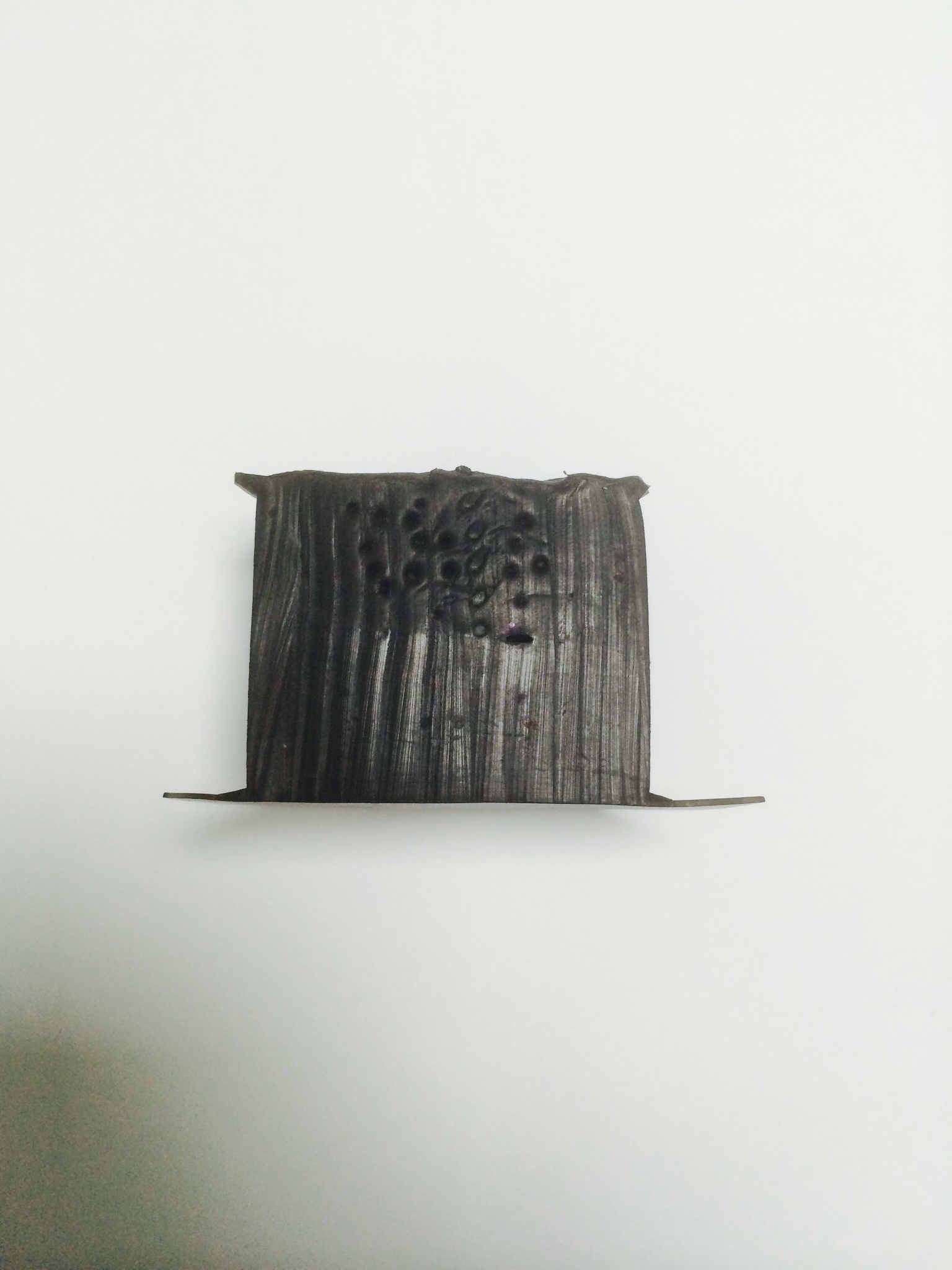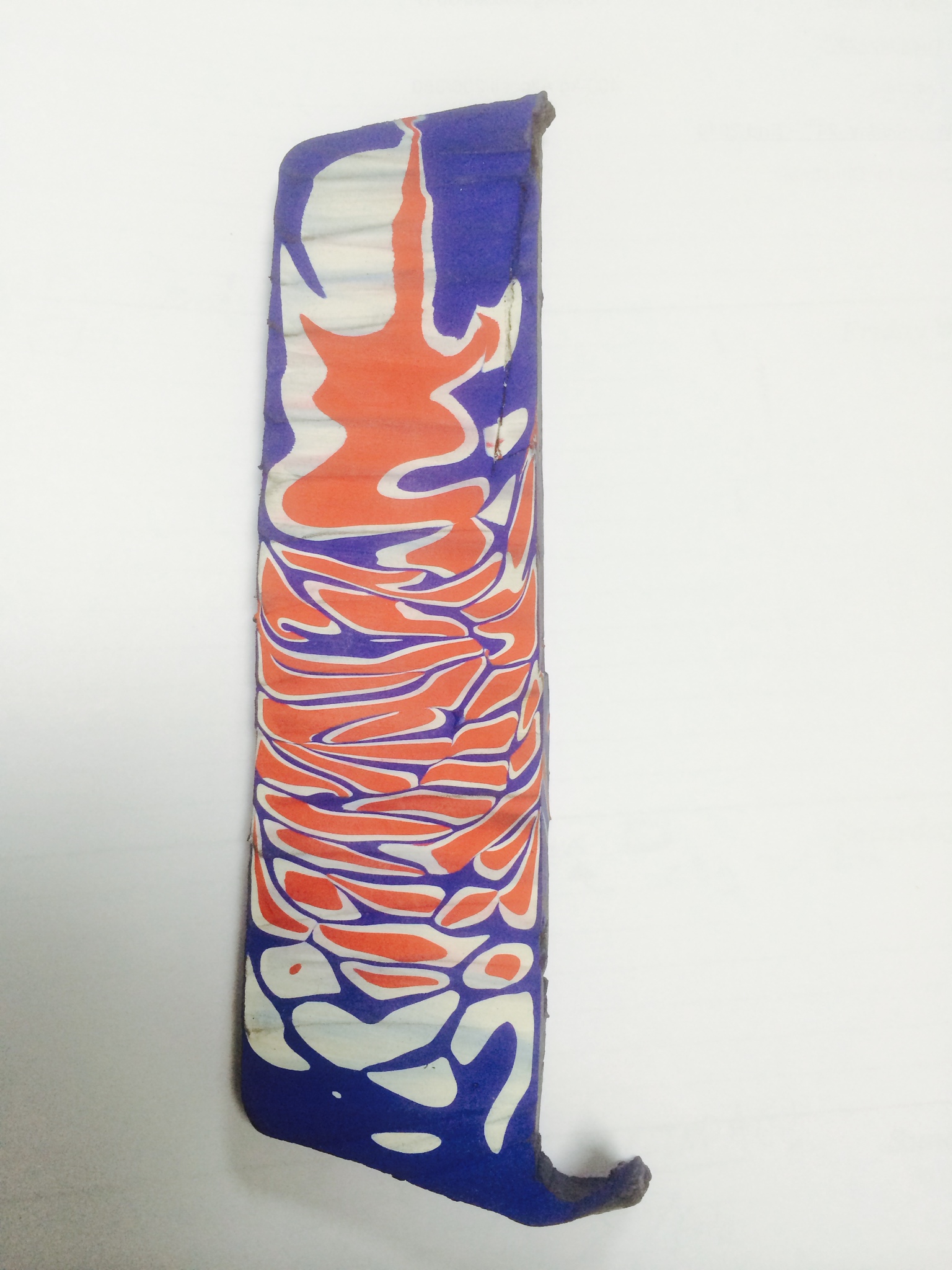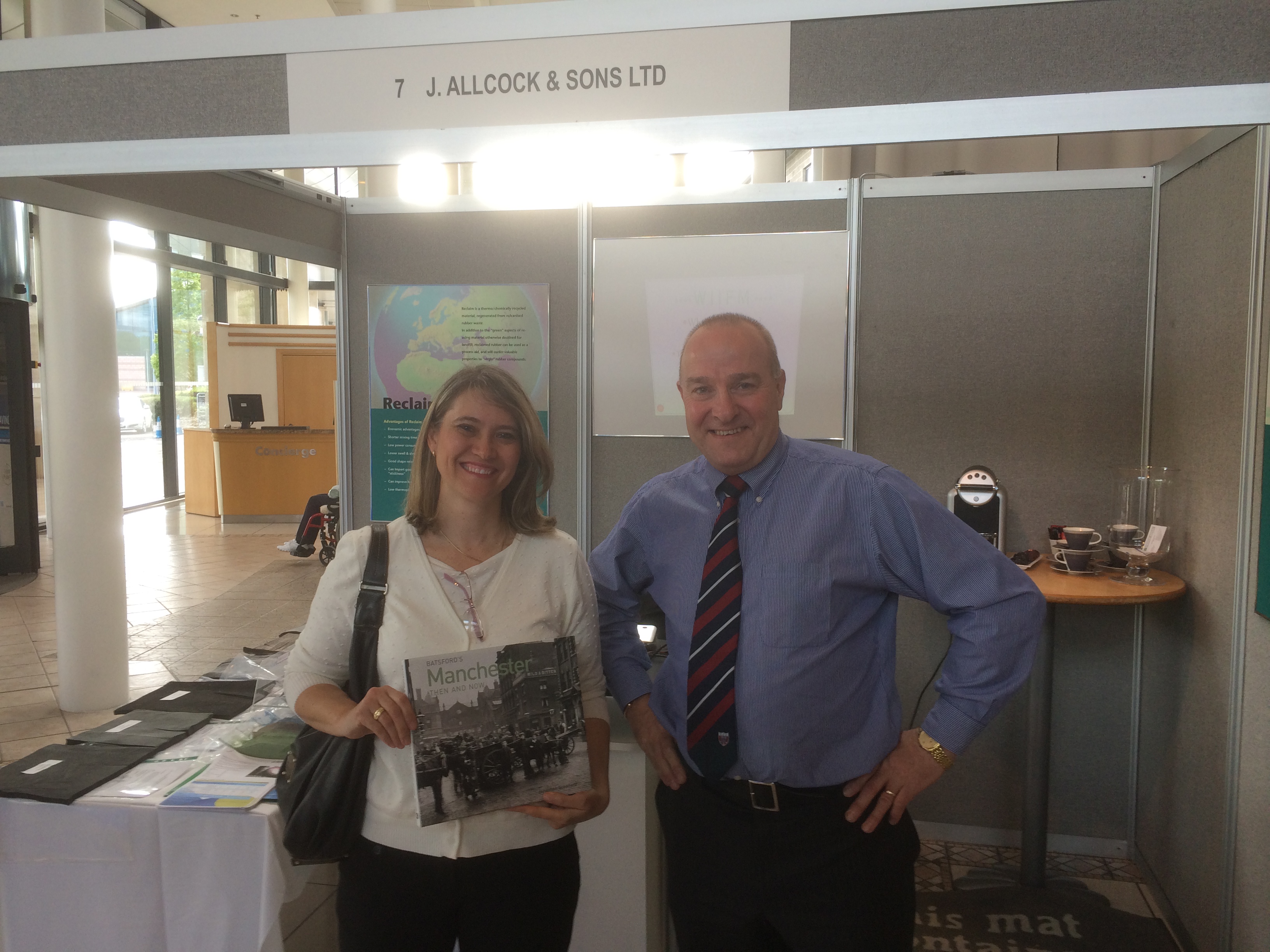Rubber is of very little use until it has gone through the process of vulcanisation, where heat gives the energy needed for the long isoprene polymers to cross link, usually with sulphur side chains. Vulcanisation, often referred to in the rubber trade as ‚ÄėCuring‚Äô, turns rubber into the solid, elastic material that makes it so suited for the thousands of applications it is used for. As cured rubber is much stiffer than its pre-cured form, it has to be cured into the final form it is required to take, be it an O-ring, tubing or a coating on a fabric. Therefore, most rubber products are cured in the mould, which can be a classic mould press (with 2 heated plates pressing down on an amount of rubber to form the item with a small amount of flash) or injection moulding (where the mould is static and heated and the material is injected into it at pressure.
I’d like to take you through a couple of examples of experimentation made by our rubber consultant Norman Challinor that show how curing in the mould might not be as simple as you’d think.

Above is a photo of a test moulding using a piece of steel pipe as a mould (rubber piece is cylindrical around the rear) and 2 hot plates to cure from the top and bottom (as shown here). In this test a piece of wood was placed between the top hot plate and the rubber sample (as shown in picture) while the bottom hot plate was allowed to make full contact with the piece. After a set amount of time the hot plates were disengaged and the piece allowed to cool.
What can be seen is that the thermal insulation provided by the piece of wood prevented the top half of the sample from curing, which can be seen in the noticeable deformations made using a pen (while the cured lower half sprang back in place. The Steel pipe allowed the heat to conduct though the exterior (behind the sample in this image) but the wood retarded curing from the top of the piece due to restricting heat transfer. This shows the importance of the correct cure time for the thickness of a moulded object and for a manufacturer to think about where the heat sources are in their mould to ensure a complete cure of the product.

This second image shows an experiment to test a belief held by many in the rubber industry about Transfer Moulding.
Transfer moulding is like injection moulding, in that the rubber is ‚Äėinjected‚Äô under the pressure of a hydraulic cylinder, but it is injected through several holes in the top plate of a heated mould (once the mould is closed) until the mould is filled.
It was believed that through the process of injection, the rubber compound would mix and form a homogenous piece of rubber. To test this, three separate sheets of rubber were placed in the hydraulic cylinder; in this case blue first, then white and finally red. As you can see, contrary to common belief, the rubber sheets failed to fully blend in the mould, leading to the patterning seen above. These separate layers may become weak points in the finished product, even though the product has cured evenly. It suggests extra care is needed at the moulding blank preparation stage, such as preheating to ensure an even heat throughout the rubber (which is known as the blank) before injection.
These two fun examples are great ways to show how it is important to test rubber technology theory to ensure success on the factory floor, even if what you are testing would seem like common sense. Such as the use of 2/3mm thick laboratory test pieces will not necessarily translate the correct cure times for the full sized product, due to the poor heat transfer of rubber itself.
Many thanks to Norman Challinor for the 2 sample pieces, and the stories and lessons behind them.
If you are having moulding issues, or think one of our products could help give you a more even, cheaper cured product please get in touch via our website www.allcocks.co.uk, phone 0161 223 7181 or visit our stand at DKT2015/IRC 2015 12-352 Nuremburg 29th June to 2nd July!
Matt Darlington






